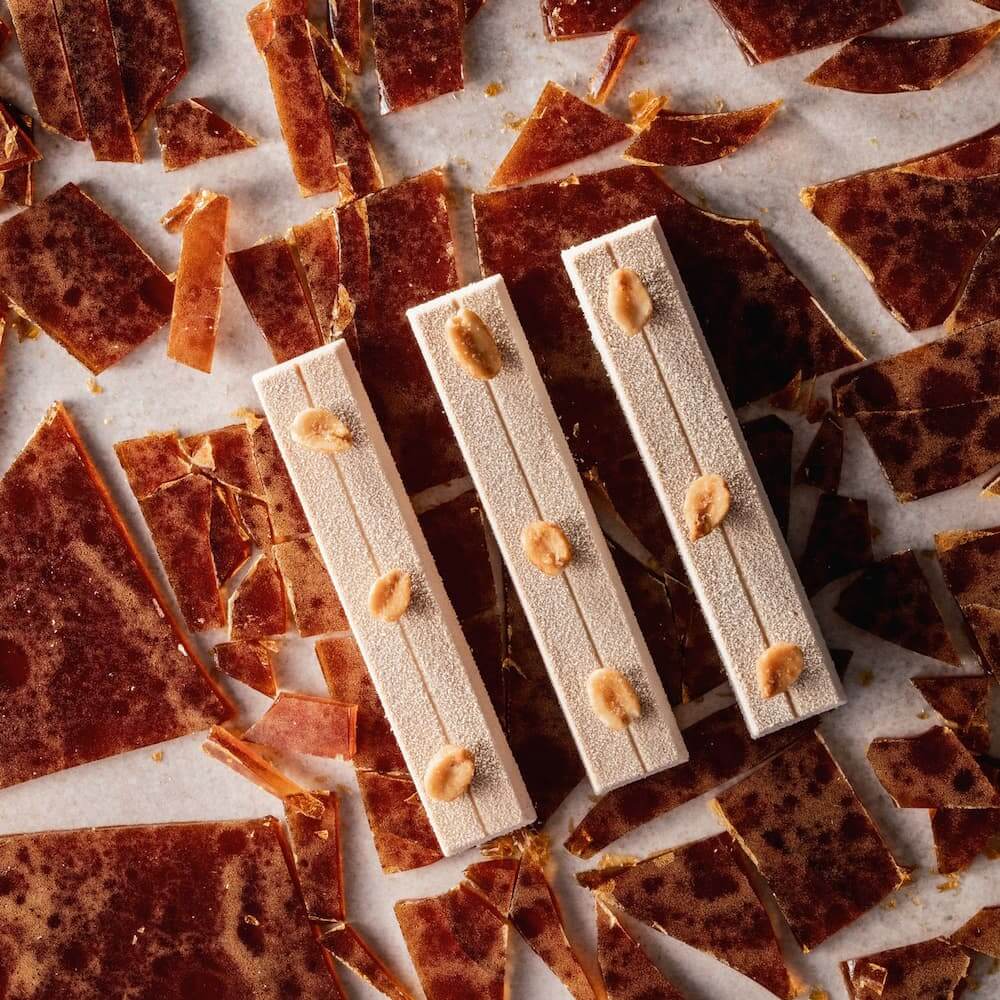The importance of aerating
Air is a very important natural ingredient in your ice cream and is incorporated into your mixture during the final churning phase at -5°C. It has two important functions:
- Creating the right, soft structure
- Making the ice cream less cold to the palate
In fact, the minuscule air bubbles place themselves between the cold ice cr ystals and the other particles of the various solids in your ice cream mixture, which makes the ice cream less cold to the palate.
Consequently, introducing too lit tle air in your ice cream will make it too cold to the palate. The amount of air that’s incorporated into the ice cream is determined by several factors with regard to both the type and quantit y of cer tain raw materials and semifinished products in the mixture. But the qualit y of some impor tant processing steps has to be taken into account as well:
- The quality of the mixture itself
- Effective low homogenisation or emulsification
- Correct maturation
- Correct churning
The amount of air that you have to incorporate into your ice cream mixture is called ‘overrun’. Ice cream on average has a variable overrun rate of 30- 45%. Fruit sorbets on the other hand only have an average overrun rate of 20-35%.

Overrun: calculating the amount of air to incorporate into your ice cream
Air should be considered as a fully fledged raw material for your ice cream. Air bubbles are incorporated into the ice cream mixture during the final churning phase and give your ice cream its soft texture.
Remember:
20-35% overrun for fruit-based ice cream
30- 45% overrun for milk-based ice cream
The following formula lets you calculate the overrun rate of your ice cream recipe:
(WEIGHT OF YOUR ICE CREAM MIXTURE – WEIGHT OF YOUR ICE CREAM) X 100
WEIGHT OF YOUR ICE CREAM
Example:
• The initial weight of your ice cream mixture is 1,000 g
• The weight you want your churned ice cream to have, amounts to 720 g
1,000 – 720 = 280
280 x 100 = 28,000
28,000/ 720 = 38.8% overrun rate


